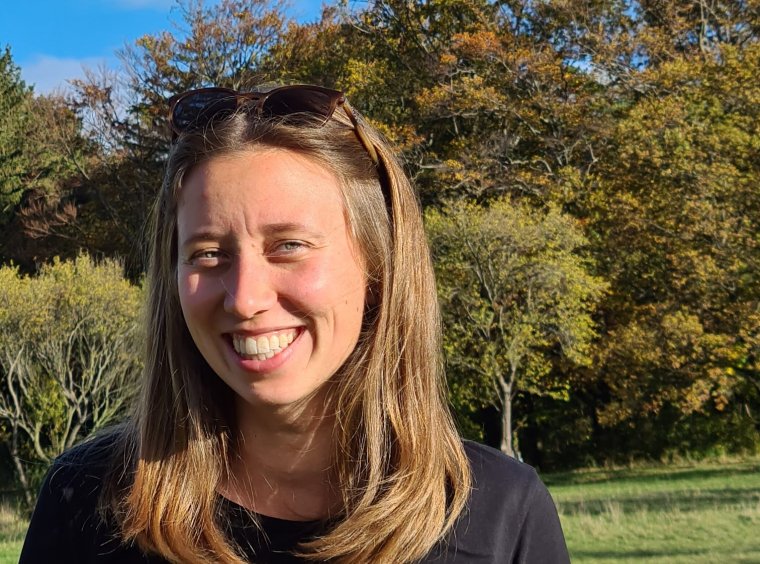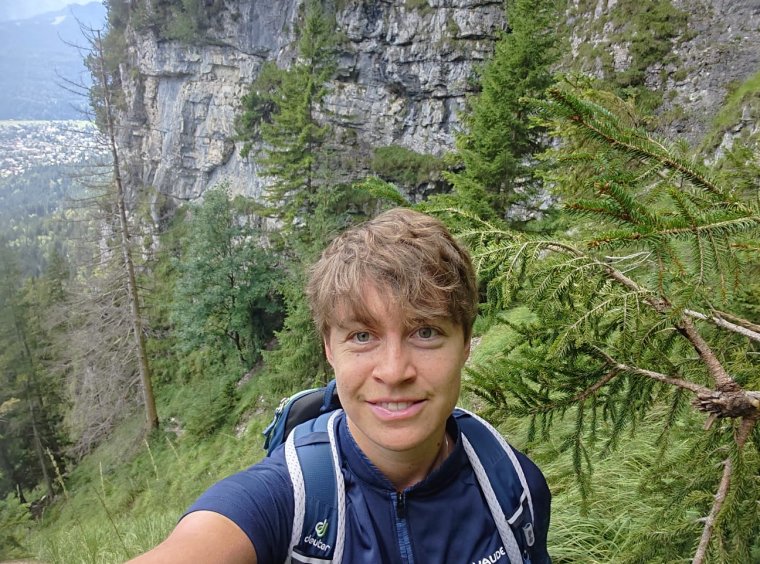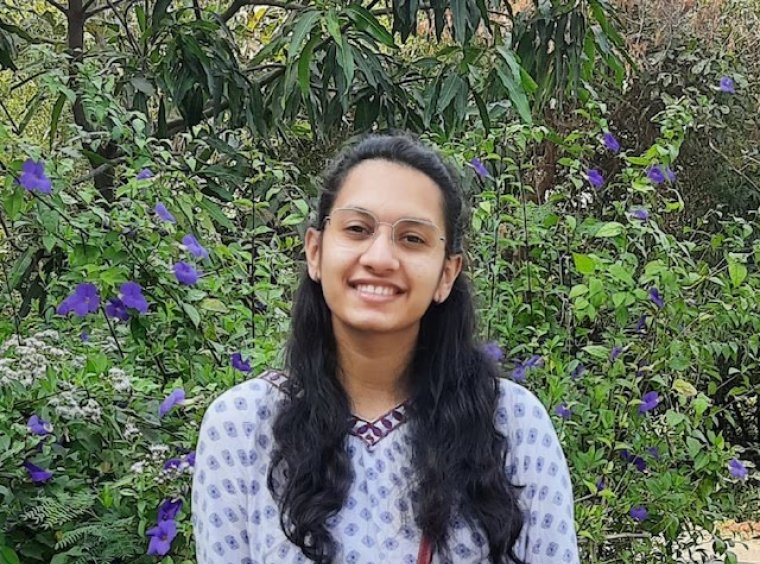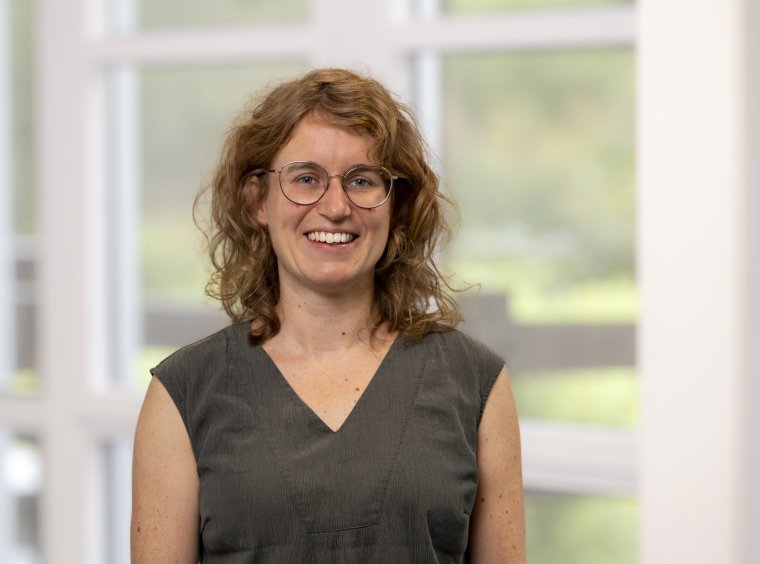
Forests
Forests play a number of essential roles at global scale, from maintaining biological diversity to mitigating climate change. However, forests around the world are being rapidly cleared to make space for food production, threatening their continued provision of ecosystem services. Preserving the contributions of forests to human and natural systems requires improved understanding of the socio-ecological dynamics that drive, and result from, forest loss. This research will develop the necessary interdisciplinary knowledge to project forest dynamics under future global change.
Scientific significance
While research into natural and unmanaged forests is intensive, it usually adopts disciplinary perspectives that focus on, for instance, ecological dynamics, climate feedbacks or economic optimization of management practices. This precludes consideration of the interactions between human, ecological and climatic systems that will ultimately determine changes in the world’s forests. The formal investigation of these interactions, using interdisciplinary data and methods, is therefore a major and crucial step forward. This research will establish the first conceptual and computational representation of forests as coherent, dynamic socio-ecological systems within the Earth System.
Societal relevance
Forest preservation is a major aim of international policy initiatives, including the ‘Paris Agreement’ for the mitigation of climate change. The ecosystem services provided by forests, both locally and globally, are of huge monetary and non-monetary value to society, and are the subjects of a wide array of different policies, laws, initiatives and campaigns. Identifying ways in which the continued provision of these services can be aligned with economic development and food provision is therefore of central societal importance.











